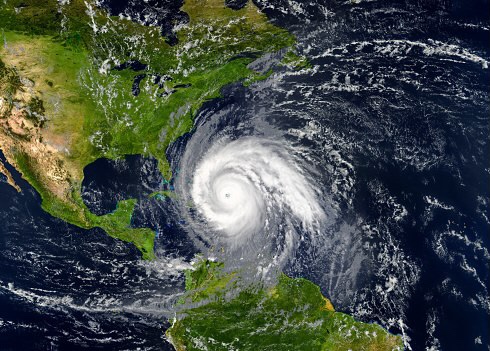Creating Resilience for Natural Disasters
At the 2020 Insurance Information Institute Joint Industry Forum, a panel discussed ways to create resilience in the face of rising risks.
- Intro: Dr. Phil Klotzbach, Research Scientist, Department of Atmospheric Science, Colorado State University
Panel
- Moderator: Charles Chamness, President and CEO, NAMIC
- Francis Bouchard, Group Head of Public Affairs and Sustainability, Zurich Insurance Group
- Steve Clarke, Vice President of Government Relations, ISO
- Dr. Daniel Kaniewski, Deputy Administrator for Resilience, FEMA
- Dr. Rick Knabb, Hurricane Expert, The Weather Channel
- Kenneth Tolson, President, Crawford Claims Solutions, U.S., Crawford & Company
The natural catastrophes of 2019 produced multiple billion-dollar disasters in the United States including floods, severe weather outbreaks, wildfires and hurricanes. The total losses were less than the last two years. On a related note, the PG&E power shut-offs in California produced over $3 billion in business interruption losses.
New technology in weather forecasting and how that information is delivered to the public is increasing the awareness of the potential risks from natural disasters. Social media is a tremendous tool for helping to spread awareness. It is important to use plain language when talking about events and their potential for damage. However, nothing teaches a lesson more than history. When we see a community devastated by a natural disaster other communities from those events.
Mitigation of the risk is an essential tool to community resilience, but most people really don’t understand what this actually means. What can homeowners and their community do to make themselves less susceptible to the risk of natural disasters?
Financial literacy is another key element in resilience. People need to keep emergency cash on hand “just in case” there is a disruption to the banking system from a disaster. If the power is out, you can’t use your ATM or credit cards.
Insurance is THE key element in being financially prepared for a potential natural disaster. Conversations between insurance agents and consumers are of the utmost importance. Agents need to make sure they are realistically highlighting the risks. Too many do not purchase flood insurance because their agent tells them they don’t need it because they are not in a flood zone. If it can rain where you live, it can flood where you live. You don’t have to be near a river or large body of water to experience flooding. Historically less than 15% of people impacted by floods have the proper insurance and this needs to change. Standard homeowners policies do NOT cover flood damage.
Convincing public policy decision makers to do the things that can mitigate losses and create resiliency is not easy. Too many do not want to believe what the models are telling them because it creates very difficult conversations within their communities. People don’t want to be told they should not build in certain areas due to the natural disaster risks. Another good example of this challenge is the California blackouts this year to lessen the wildfire risks. Politicians and the community were outraged by this action, but past experiences indicated this was the best way to mitigate the potential wildfire threats.
There is still too much consumer expectation that the government will bail out homeowners in the event of a natural disaster. This is not true. FEMA will NOT make a consumer whole from a loss. For example, in a recent disaster uninsured homeowners received an average of $3000 from FEMA but an insured property owners received well over $100,000.
Also, many consumers feel mitigation efforts are too expensive to be affordable for them. This is also not true. There are many low cost things that can be done to mitigate risk. Also when properties are rebuilt it is essential to do so in a way that mitigates the risk of future damage. The last hurricane on the Florida panhandle clearly demonstrated the importance of risk mitigation through new building codes. Things that were built under the old standards were leveled, while buildings in the same area that had been updated were virtually unscathed.


